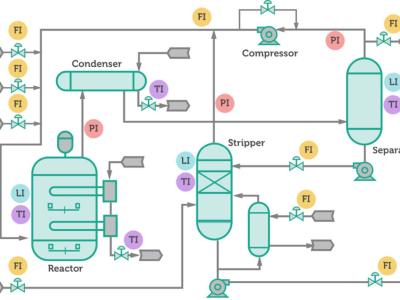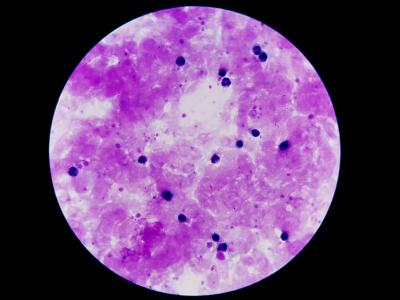Bacteria contaminants detected by organic inverter-based biosensors

- Citation Author(s):
-
Wei-yang Chou
- Submitted by:
- Wei-Yang Chou
- Last updated:
- DOI:
- 10.21227/ada7-k416
 65 views
65 views
- Categories:
- Keywords:
Abstract
This study presents a novel rapid bacterial detection method employing an organic complementary metal–oxide–semiconductor (O-CMOS) inverter fabricated with pentacene and PTCDI-C13. Various bacteria, including Escherichia coli (E. coli) O157, Staphylococcus aureus (S. aureus) ATCC25922, and Enterococcus faecalis (E. faecalis) SH-1051210, were tested on the inverters operating at an ultra-low voltage of 2 V. Analysis of the electrical signals revealed a discernible shift in the inverter's switching voltage attributed to the negative charge density on the surfaces of bacteria. This voltage shift exhibited a direct correlation with bacterial concentration, thereby enabling the direct measurement of concentration without the need for external devices. The inverter-based sensor demonstrated a linear response across bacterial concentrations ranging from 102 to 108 CFU/mL, with a sensitivity exceeding 60%. Its primary advantage over existing detectors lies in its ability to directly read the switching voltage, facilitating rapid and accurate measurements, and offering significant potential for mass production.
Instructions:
figure file







